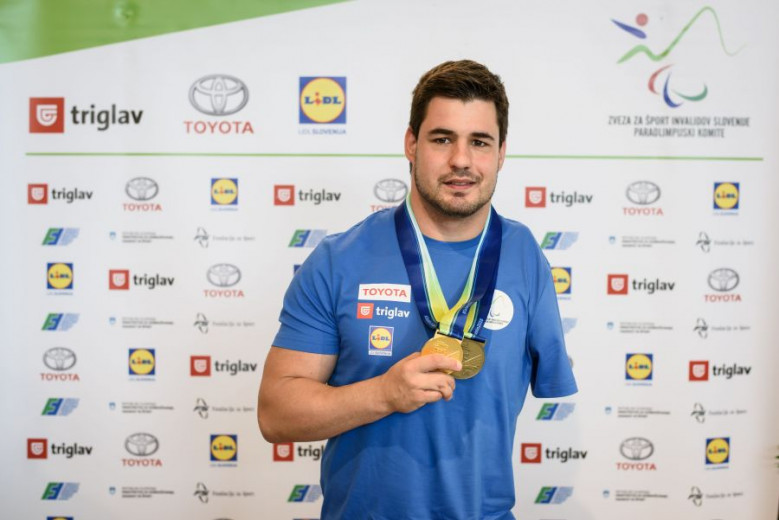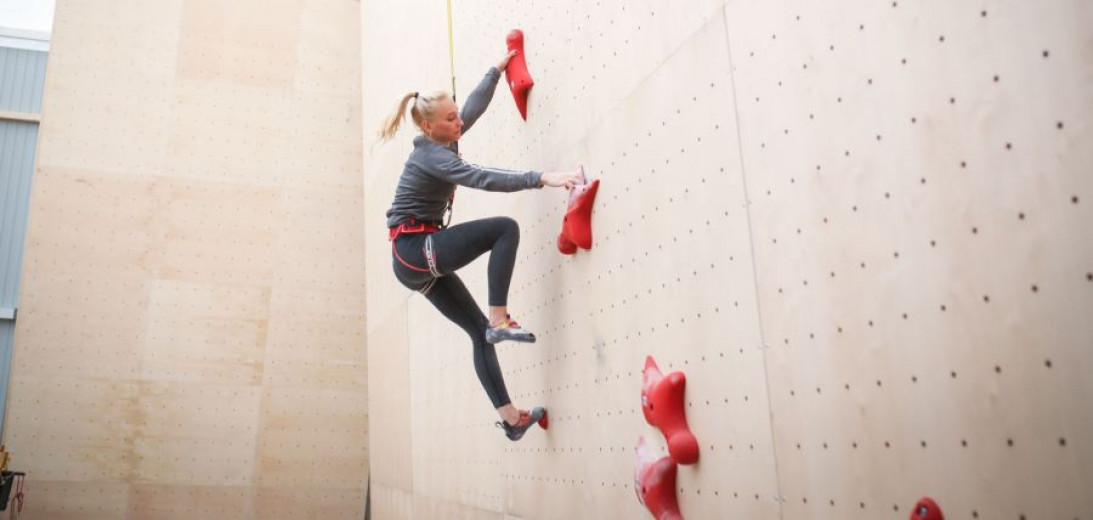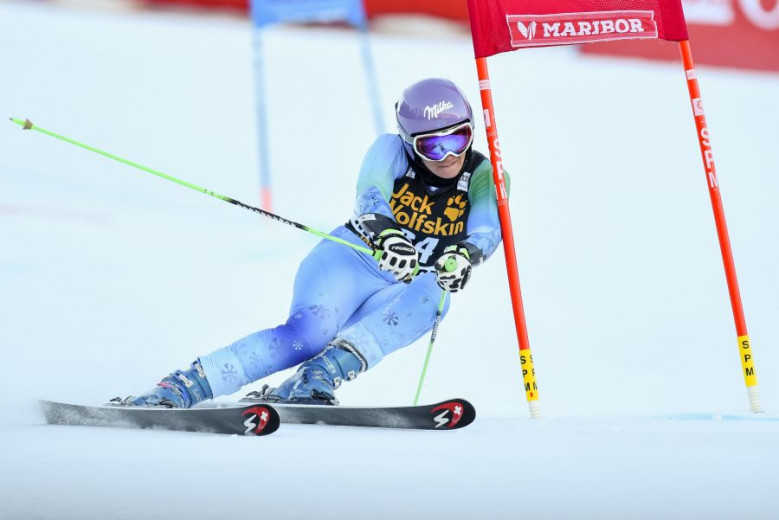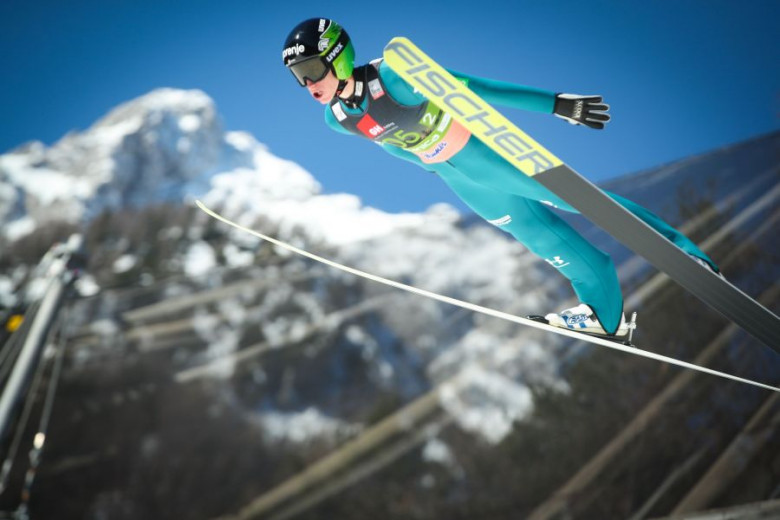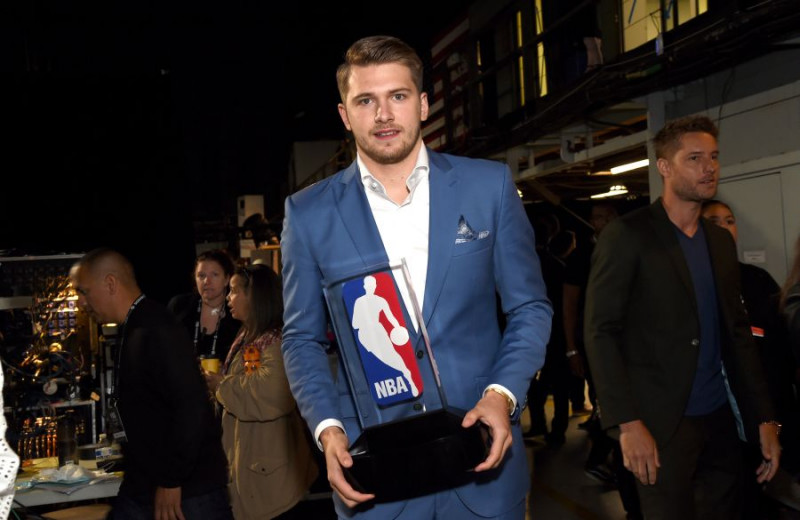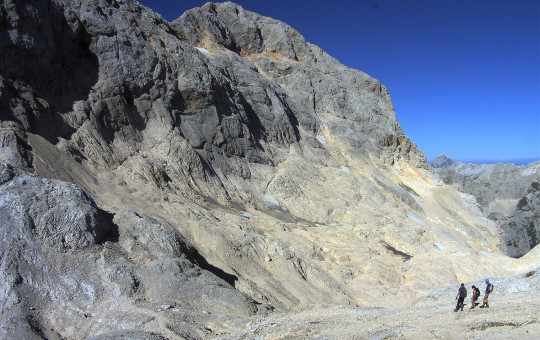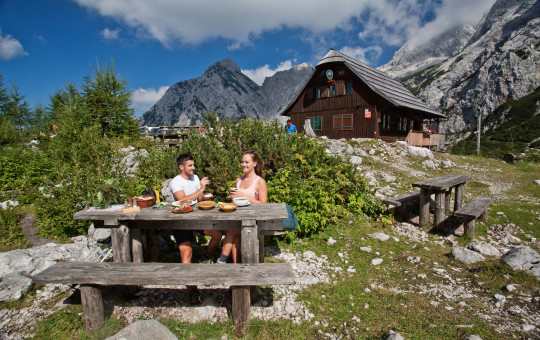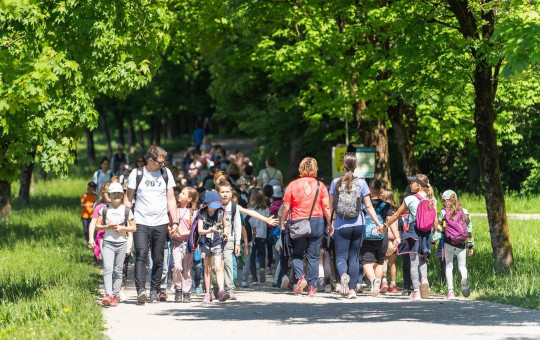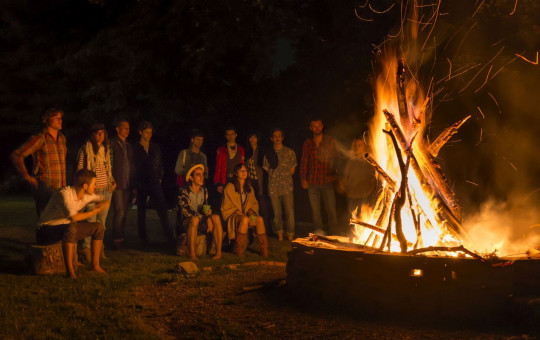Slovenia has a long tradition of sports, which were organized through societies in the 19th century through various medieval activities (skittles, bowling, shooting, vaulting, fencing, etc.) and new athletic disciplines. Organised gymnastics was important for the development of modern national sports.
Gymnastics derives from the ancient Greek word meaning physical exercise and as a system of exercises, games, fights and exercises employing tools and exercises performed on the apparatus it was formed in almost all European cultures of the 19th century.
The first in Slovenia to organise in societies were the Sokol society and German Turners, in 1862 and 1863 respectively.
The Ljubljana gymnasts named the society Južni Sokol (South Sokol) (after 1867 the Ljubljana Sokol) and established contact and a relationship with their Prague Sokol colleagues in light of the pan-Slavism popular at the time. Gymnastics was Slovenised to body exercise (German: turnen) and, in addition to various exercises, they held mass events or slets and gymnastics competitions. Gymnastics also became the basis of physical education in schools, and after World War II also of recreation.
-
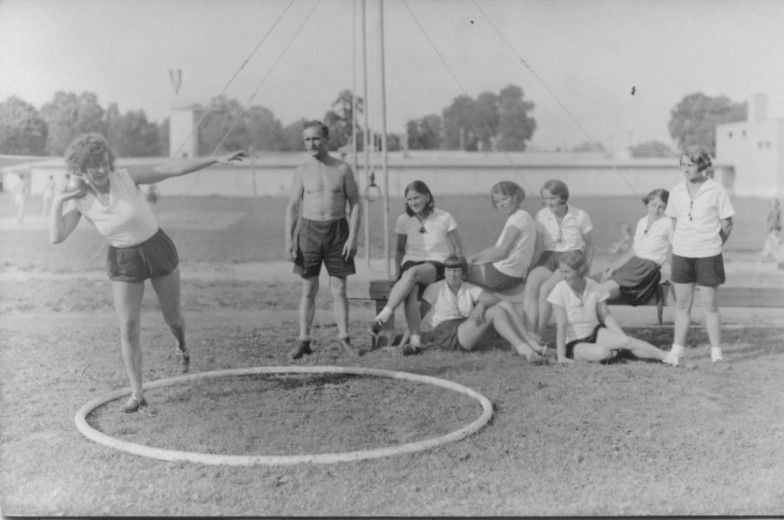
Female Sokol members preparing for the Slavic Championship at the outdoor Ljubljana gymnasium in Tivoli in 1932. Photo: Aleš Šafarič/ Museum of Sports archives
-
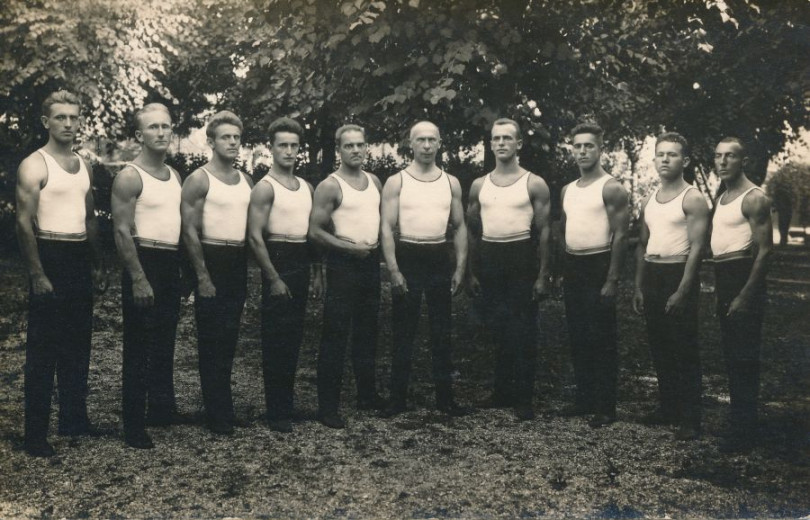
The Yugoslav Sokol gymnastics team for the 1928 Summer Olympics in Amsterdam. Photo: Aleš Šafarič/ Museum of Sports archives
-
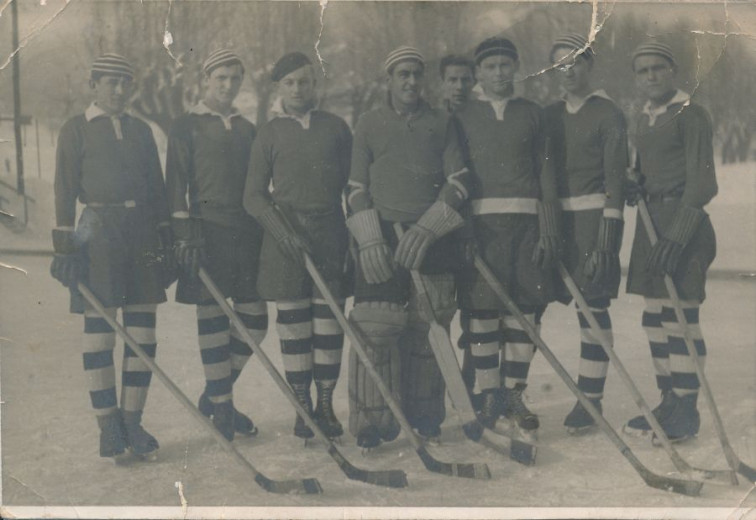
Hockey team of SC Ilirija in 1932. Photo: Aleš Šafarič/ Museum of Sports archives
-
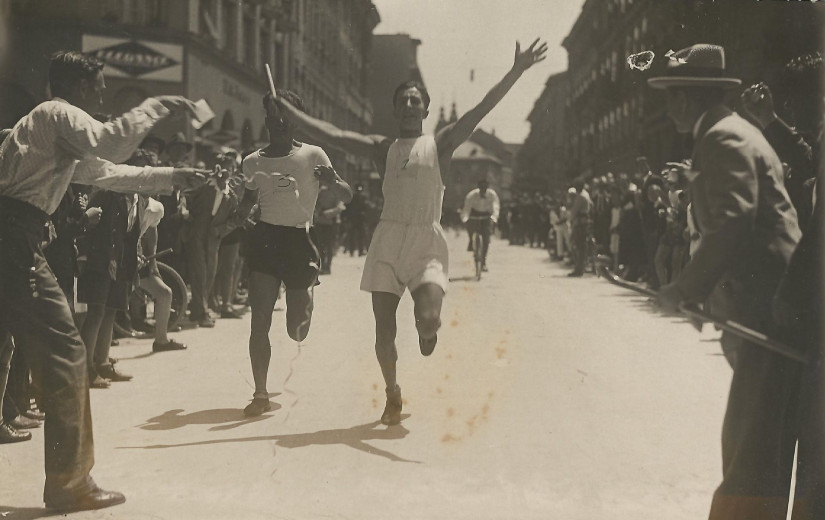
Jutro’s (morning newspaper) relay race on the streets of Ljubljana during both World Wars. Photo: Aleš Šafarič/ Museum of Sports archives
-
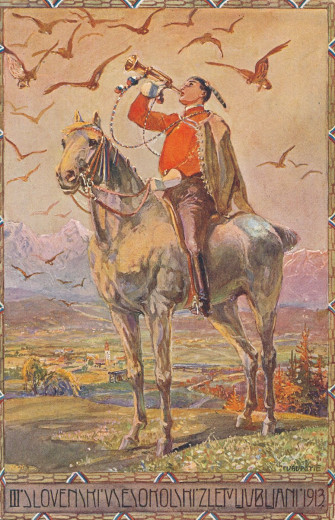
Postcard for III. 1913 Slovenian pan-Sokol slet, which was banned. Photo: Aleš Šafarič/ Museum of sports archives
With the Slovene political and cultural division into the liberal and Catholic ideological sides in the 1890s, a Catholic gymnastics organization called Orel was established, and later also the social-democratic Svoboda (Freedom), all of which were succeeded by Partizan after World War II.
Sport also becomes an important political driver
Together with gymnasts, mountaineering lovers and explorers who consolidated within the Slovene Mountaineering Society in 1893, opposed the Germanisation process of the Slovene Alps, and its member Jakob Aljaž, with a decisive act of erecting a tower at the top of Triglav, saved the mountain from being Germanised.
The first Slovene cycling society was founded in 1887 (Club of Slovene Cyclists Ljubljana), and sports societies followed a little later, the Maribor Sports Society in 1900, the Ljubljana Sports Club in 1907, and the Slovene Football Club Ilirija (Ljubljana) and Slovene Football Club Yugoslavia (Gorica) in 1911.
This established modern Slovene physical culture, and gymnasts, mountaineers and other athletes also played a national and political role in light of the Slovene-German and Slovene-Italian national dualism of Austria-Hungary.
-
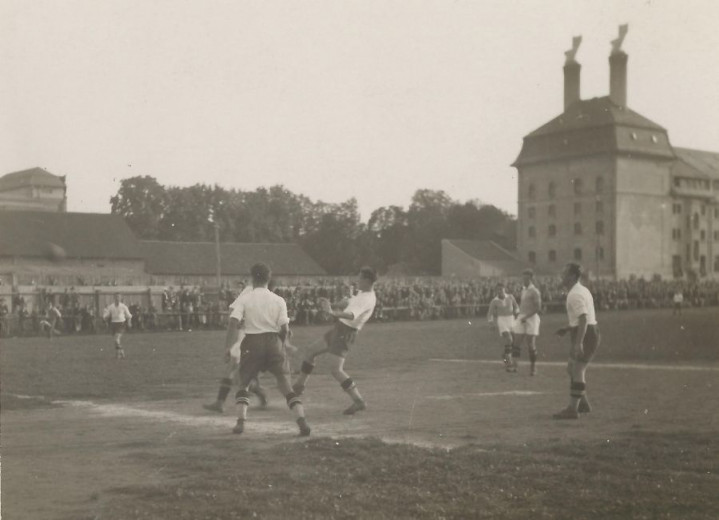
Football derby between the Ljubljana club SK ILIRIJA and ASK Primorje at the stadium in Šiška in 1931. Photo: Aleš Šafarič/ Museum of Sports archives
-
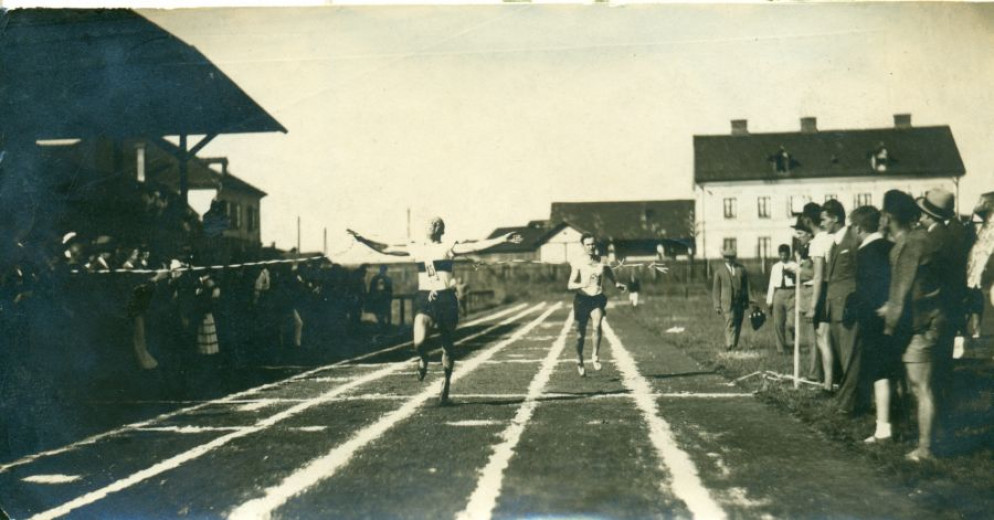
Track and field competition at the Ilirija stadium in Šiška in the 1930s. Photo: Aleš Šafarič/ Museum of Sports archives
-
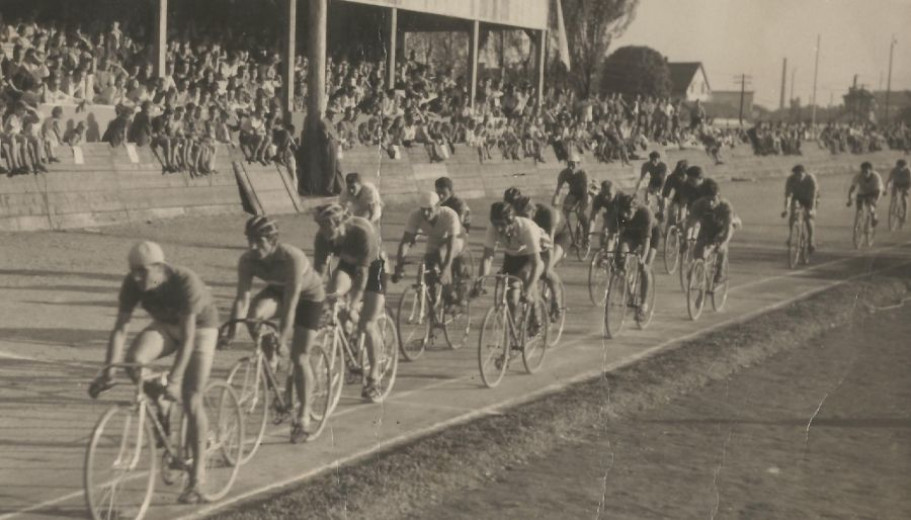
Cycling race at the ŽSK Hermes race-track in Ljubljana in the 1930s. Photo: Aleš Šafarič/ Museum of Sports archives
With the establishment of the Yugoslav state (1918), athletic activity integrated new branches of sports, societies, clubs and central branch organisations, while societies among Slovenians living in neighbouring countries oppressed by the fascist and nationalist policies were banned and revived after World War II. The act that stood out was the arson of the National Hall in Trieste in July 1920, where the gym and the office of the Trieste Sokol were also located.
Slovenian sport gains in importance on a global scale
With the end of World War I and the founding of the Yugoslav state, Slovenes were co-founders of national associations and became involved in international sport.
In Yugoslavia, Slovene athletes dominated for a long time in gymnastics, winter sports and mountaineering, where they crowned their success in 1979 by blazing a new route atop Mount Everest.
They also competed at the Olympics and other international championships. As regards Olympic appearances, it bears emphasizing that in 1912 the Austrian team included the sabreur Rudolf Cvetko and a Gottscheer Rihard Verderber, who won the first medals.
During the Yugoslav period of Slovene sports, the sports statistics records over 460 appearances of Slovene athletes at the Olympic Games, with 24 medals won individually and as members of the winning teams.
-
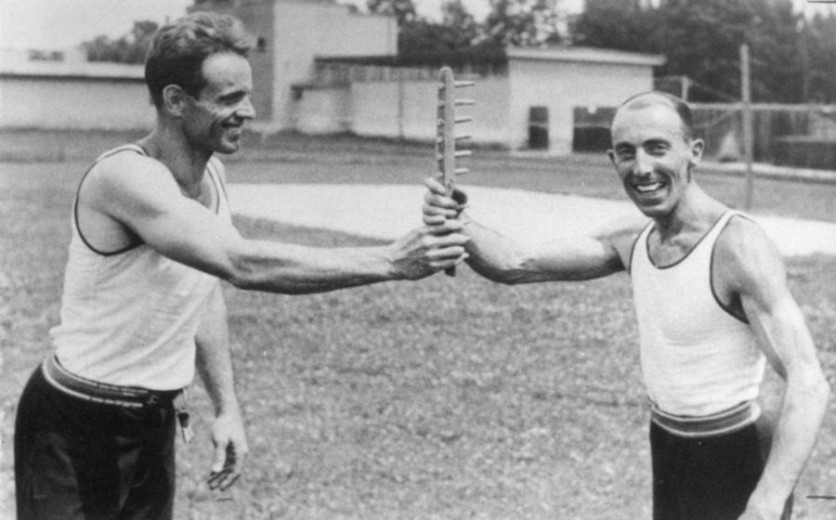
Leon Štukelj competed at seven major international competitions and won a total of twenty medals: eight gold, six silver, and six bronze. At the Olympic Games alone he won six medals: two gold medals (counted for Yugoslavia) in Paris in 1924, one gold medal and two bronze in Amsterdam in 1928, and a silver medal in Berlin in 1936. In 1936 he finished his competitive gymnastics career. Photo: Jože Primožič
-
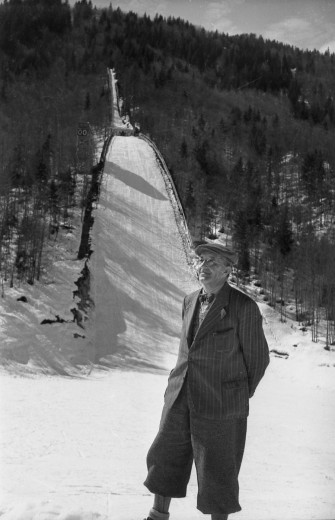
Stanko Bloudek in front of the Planica ski jump in the 1930s. Photo: Aleš Šafarič/ Museum of Sports archives
-
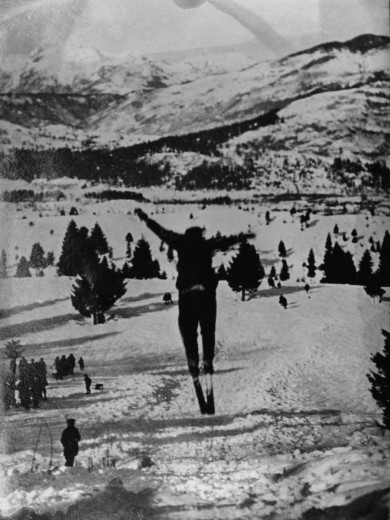
Ski jumping at Žižek's ski jump in Bohinj in the early 1920s. Photo: Aleš Šafarič/ Museum of Sports archives
-
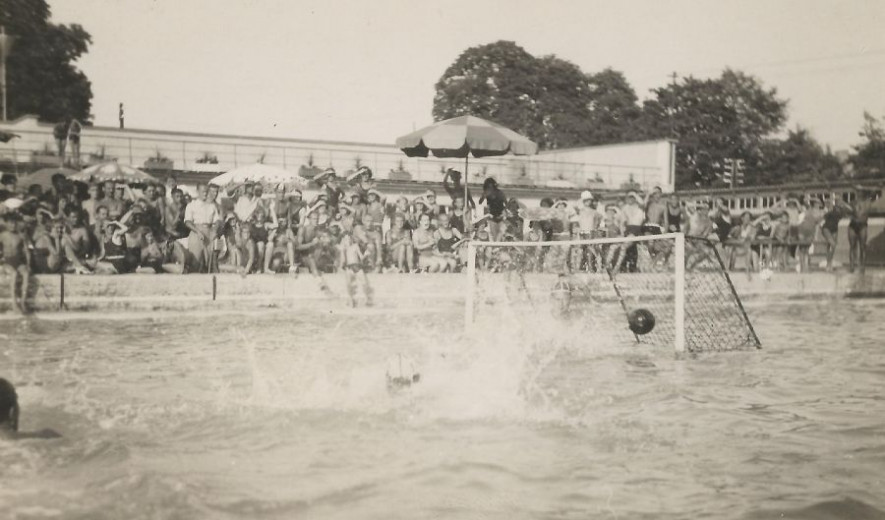
Water polo match between SC Ilirija and ASK Primorje for the federal championship in 1931, at the Ljubljana outdoor pool Ilirija. Photo: Aleš Šafarič/ Museum of Sports archives
-
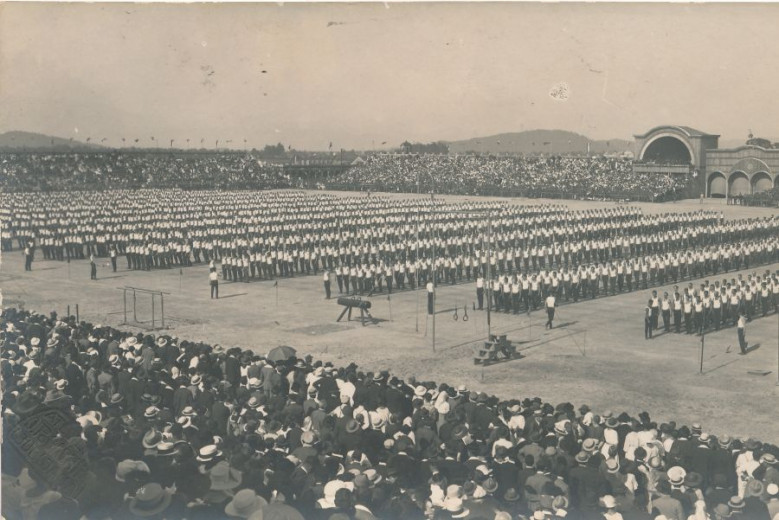
Gymnasts during the performance at the first Yugoslav pan-Sokol slet in Ljubljana in 1922. Photo: Aleš Šafarič/ Museum of Sports archives
With Slovenia’s independence in June 1991 and the aggression of the Yugoslav Army, Slovenian athletes left the Yugoslav national teams (e.g. the Mediterranean Games in Athens, the European Basketball Championship).
This was followed by the organization of the Slovenian Olympic Committee, which in January 1992 received an invitation to the Winter Olympics in Albertville, France, and the Summer Olympics in Barcelona. Slovenian sport thus gained international recognition and joined international sports federations. There were around twenty organized sports disciplines in Slovenia just before World War II, while in the 1960s this expanded to about thirty branches.
Today, the Olympic Committee of Slovenia unites over sixty Olympic and non-Olympic sports.
Sports heritage conservation
As things progressed, sporting tradition and heritage developed, which the gymnasts of the Sokol Society actively recognized even before World War II. After World War II, a part of the Sokol and general sports heritage was transferred to the Faculty of Sports, or was kept with individual sports organizations and individuals, but there has been no systematic central or museum institution that would assume responsibility for athletic heritage. Efforts to open an institution or a museum started after Slovenia gained independence.
The Museum of Sports was established in 2000 with its premises on Kopitarjeva ulica in Ljubljana, and more than ten years later it joined the Institute for Sports of the Republic of Slovenia Planica as one of its departments.
This is where material is collected, and a smaller part of the premises hosts a small-scale exhibition or rather a presentation of fragments of the country’s sporting heritage kept in the repository of the Museum of Sports. This includes items relating to gymnastics or physical exercise, light and heavy athletics, sports games, mechanical, water and winter sports, and on the other hand examples of the Olympic movement and facility development, e.g. Planica and the Tivoli Hall.
Date: 24. September 2020
Time to read: 2 min

